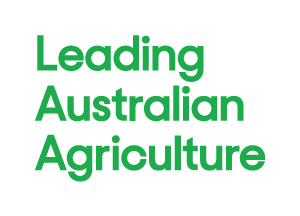GLOBAL climatic extremes have driven the Westpac-NFF rural commodity index up 7.3% over 2005-06, however, Australian farmers were hit hard in March as 230,000 tonnes of sugar (worth over $100 million) was destroyed in the wake of the worst cyclone to ravage north Queensland in 40 years.
“Cyclone Larry was a cruel blow to the sugar industry in north Queensland which was beginning to emerge from a lengthy trough of low prices and poor productivity,” Charles Burke, NFF Farm Business and Economics Chair, said today.
“With the price of sugar doubling over the last 12 months, 2006 promised canegrowers their first profits in five-to-seven years. That recovery will now be delayed, and for many it will place recovery beyond their reach with the costs of rebuilding becoming too much.”
Mr Burke noted that prices for many commodities over the last six to 12 months were driven up, directly or indirectly, by a series of climatic extremes to hit key areas around the globe.
“In Australia, in addition to Cyclone Larry we are only now emerging from the worst drought in living memory, with many areas in the eastern states still hanging in the balance waiting for an autumn break,” he said.
“Overseas, a bitterly cold winter has seriously depleted grain crops in the Black Sea region, while a severe drought in key parts of the US has cut production of their key agricultural commodities.
“Six months after Hurricane Katrina pushed oil prices to new highs, fuel, fertiliser and chemical costs around the globe are still cutting into farm profitability, stimulating large increases in world demand for alternative fuels, such as bio-diesel and ethanol.”
Justin Smirk, Senior Economist with Westpac Banking Corporation, added: “Either directly or indirectly, extreme weather events have been a significant factor in the rise of many rural commodity prices. And while you can’t ignore the fact that strength of the global economic environment, and historically low interest rates, has boosted speculative interest in commodities, it is also clear that a rising demand for ethanol as a result of high crude oil prices can explain most of the 100% rise in sugar prices.
“Wheat prices have also risen 14% in the year as extremely cold and/or dry weather in different parts of the world has resulted in a meaningful downgrading of global production forecasts.”
[ENDS]
The Westpac-NFF Index is weighted according to the value of Australian agricultural exports and includes only rural commodities – unlike other price indices that are overshadowed by oil, mineral and energy prices. It provides daily movements based on prices of Australia’s eight key farm exports – wheat, barley, beef, wool, cotton, sugar, dairy and canola – in both $US and $A.





Add comment